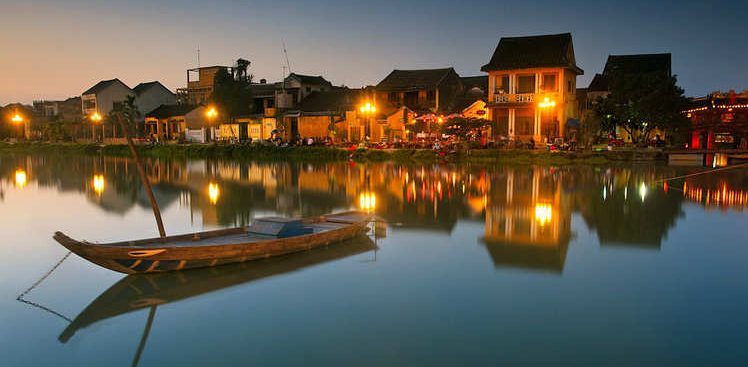Photo by: Sacha Fernandez, Creative Commons Attribution Licence
01
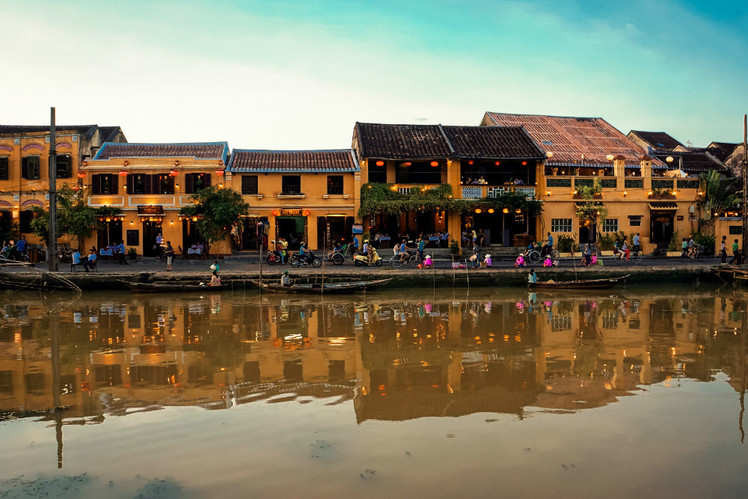
Resilient by nature, Vietnam is a country often defined by the diversity of its landscapes and the generosity of its people. Vietnam’s dynamic cities, dramatic scenery and a world-class cuisine give it a distinct character. Less than forty years since the savagery of the Vietnam War, this headstrong nation is buoyant with hope.
Dine by the river at Hoi An Photo by: Anh Dinh, Creative Commons Attribution Licence
02
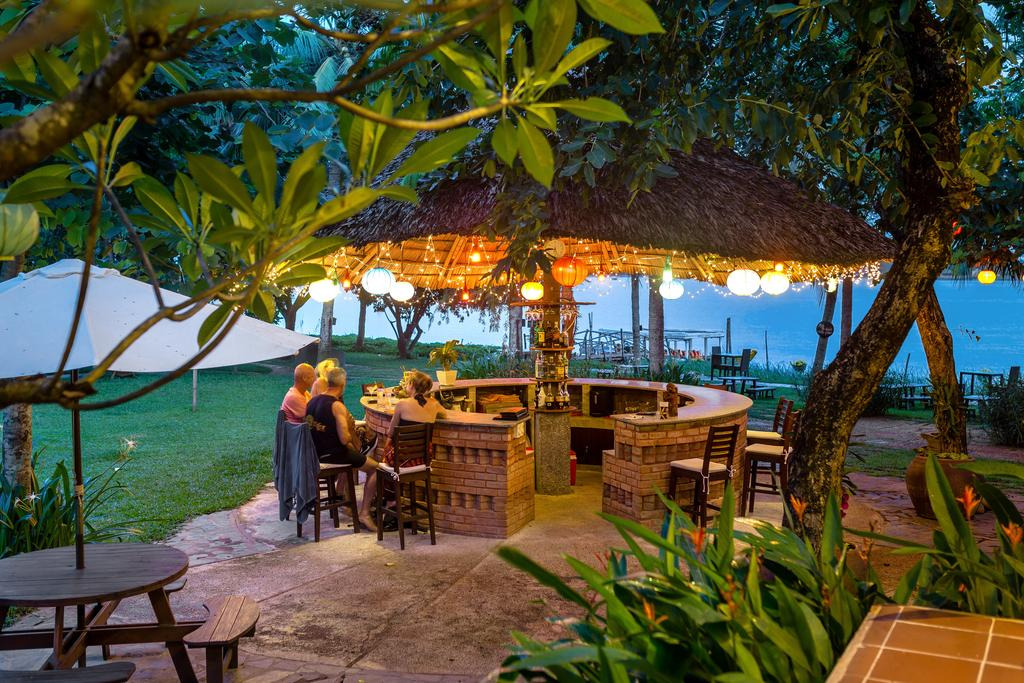
Graceful and historic, Hoi An is Vietnam’s most atmospheric and delightful town—a place where there are more lanterns than people. Combine its slow, easy-going atmosphere with intricate Chinese assembly houses, a rich culture and endless strings of colourful lanterns and you’ve got an unforgettable Southeast Asian town.
Charter a junk at Halong Bay Photo by: Rosino, Creative Commons Attribution Licence
03
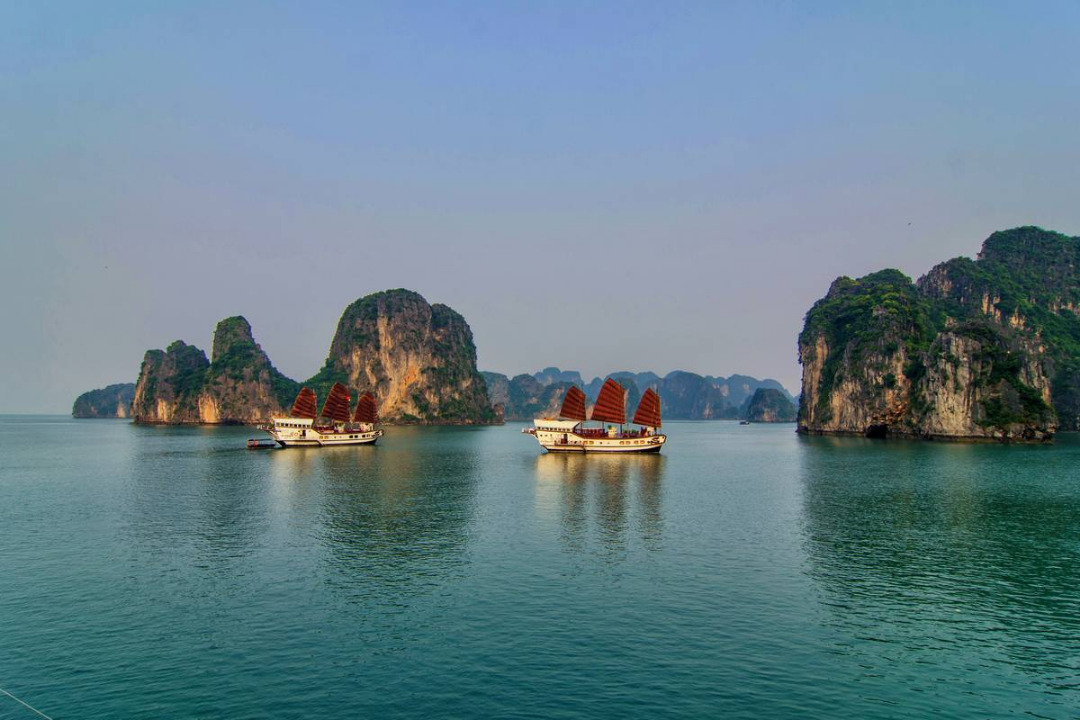
More than 2000 limestone islands rise majestically from the Gulf of Tolkin to form the Halong Bay—arguably the most staggering coastal landscape in Asia. The best way to venture out towards the bay is to hop onto a Vietnamese junk boat. You’ll soon be cruising through towering rocks and dining on delicious cuisine.
Roam the streets of Hanoi Photo by: Andy Enero, Creative Commons Attribution Licence
04
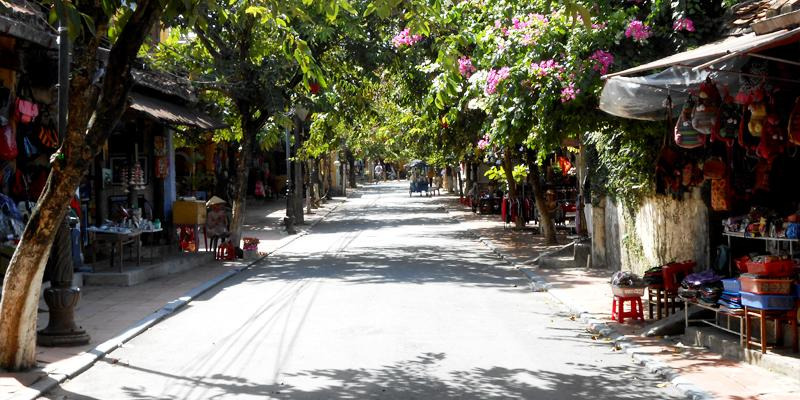
Hanoi is Vietnam’s quintessential city—a millennium-old capital of venerable pagodas, labyrinth streets and crumbling lemon-coloured houses. The delicate aroma of delicious dishes wafts throughout the city, where ancient temples sit beside karaoke joints.
The sights and sounds of Ho Chi Minh City
Credit: ThinkStock Photos
05
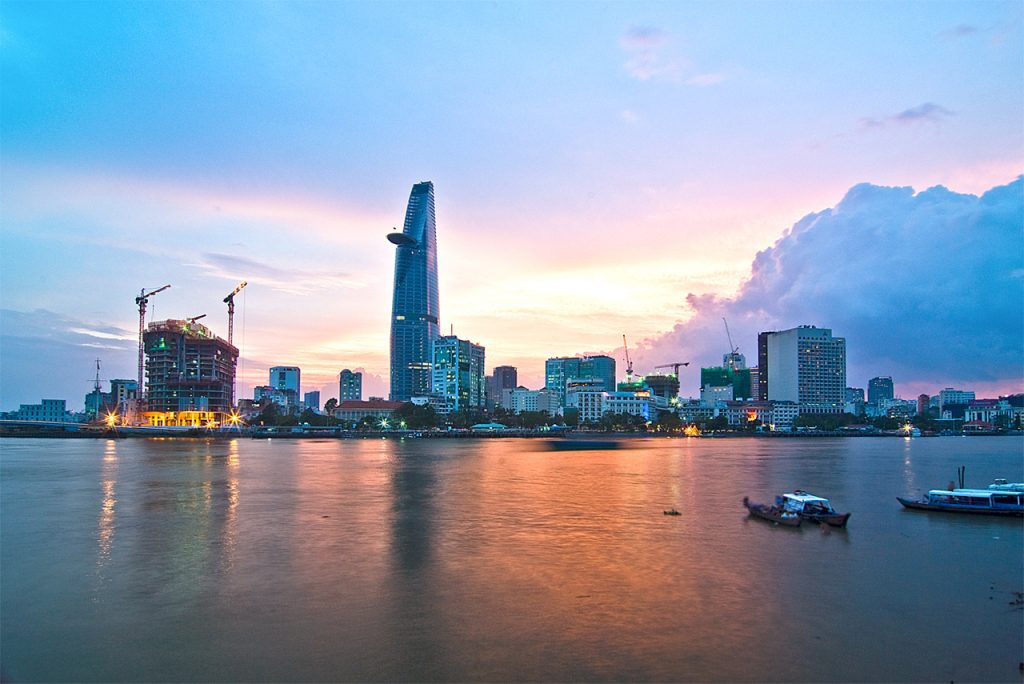
Ho Chi Minh City is Vietnam at its most dizzying state—a centre of commerce and the country’s biggest city. Still known as Saigon to its inhabitants, this effervescent city—perched on the banks of the Saigon River—is a fury of sights and sounds. The best way to discover Ho Chi Minh is to absorb the flurry of activity: from the zooming motorbikes to the many loud markets.
Get lost in the markets
Photo by: Khánh Hmoong, Creative Commons Attribution Licence
06
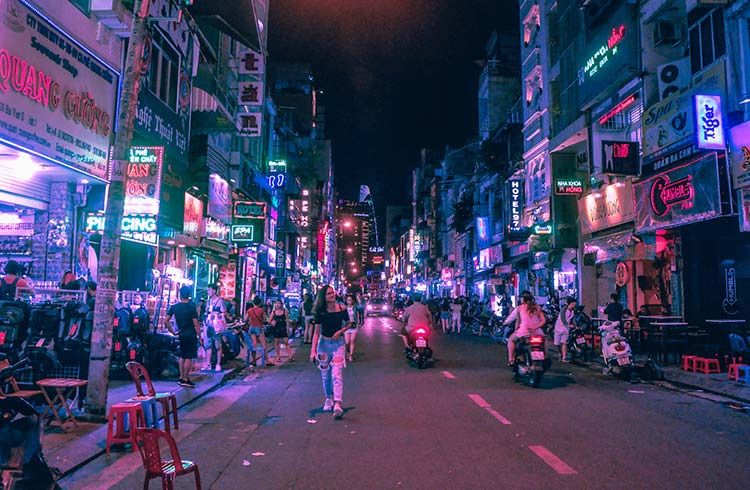
Vietnamese markets are the epicentre of culture and commerce. Every town has its own market: Saigon’s tourist friendly market Ben Thanh, Hoi An’s busy riverside fish and silk market, Hanoi’s sprawling Dong Xuan Market and Sapa’s quaint hill-tribe markets.
Eat your heart’s fill
Credit: ThinkStock Photos
07
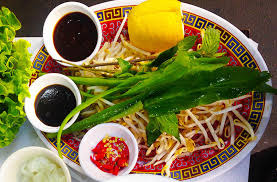
With noodle soups like pho and canh bun being national favourites—the food in Vietnam is best slurped and enjoyed from a plastic bowl. It’s nearly impossible to walk a block in Vietnam’s major cities without bumping into a makeshift pho stand. This simple staple is essentially a salty broth with fresh rice noodles, chicken and a sprinkling of herbs.
Surf the dunes of Mui Ne Photo by: Stephan Rebernik, Creative Commons Attribution Licence
08
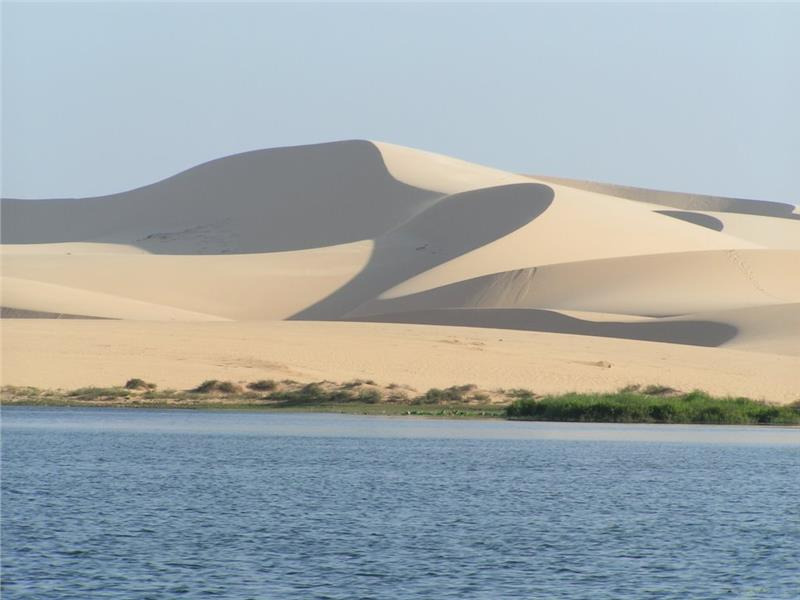
Famous for its kite-surfing, excellent beach and relaxed vibe, Mui Ne is a popular stop in Vietnam on the long road between Hanoi and Saigon. Just outside of this beach town lie the well-known White and Red Sand Dunes, whose sprawling sandy expanse is great for panoramic sunset views and sand-sledding.
Hike through Sapa
Credit: ThinkStock Photos
09
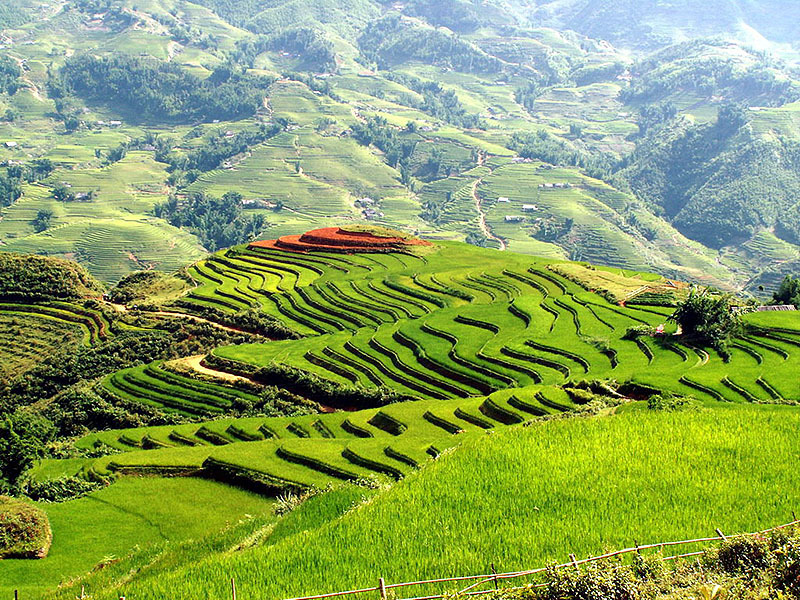
Overlooking a plunging valley of cascading rice terraces with misty mountainous peaks towering on all sides, Sapa is a quaint little hill-town in north-western Vietnam. Lying a mile high on the Hoang Lien Son mountain range along the Chinese border, the town also serves as a trailhead for many backpacking hikers.
Paddle along the Mekong Delta
Credit: ThinkStock Photos
10
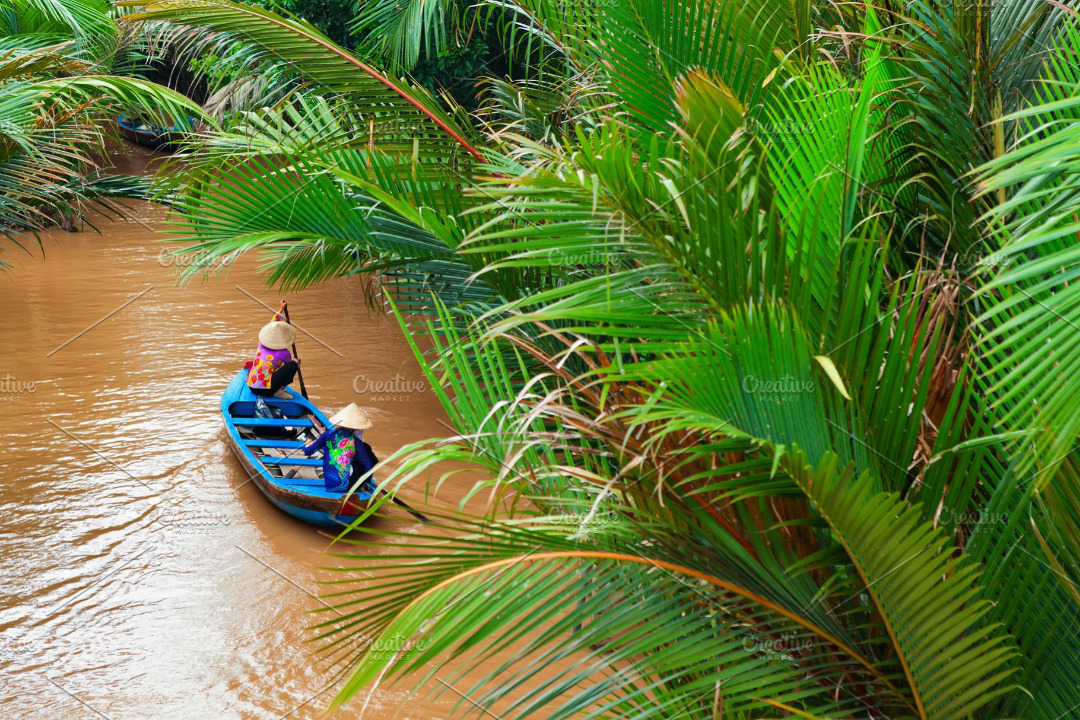
A tangled network of tributaries and canals, the waters of the Mekong Delta crisscross the lowlands of southern Vietnam. For centuries, life here has followed the river, and a paddle through the delta reveals a diverse landscape of orchards, paddy fields and swamps.
The many sides of Vietnam
Credit: ThinkStock Photos
11
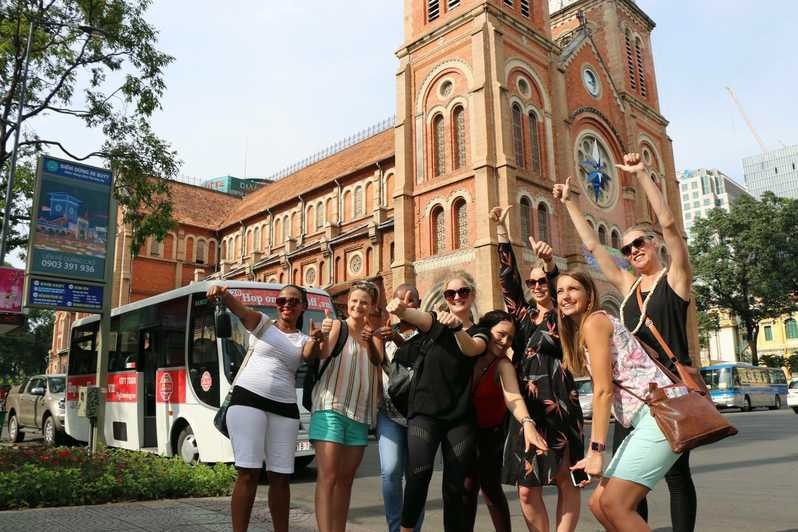
Vietnam is a veritable paradise replete with shimmering paddy fields, dramatic dunes and venerable pagodas. Echoes of the Vietnam War still reverberate, but for the most part the nation is too busy looking forward to dwell on the past.
(Text by Reva Vidyalankar)

